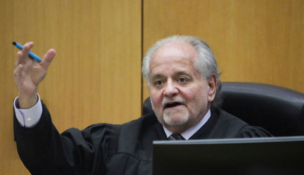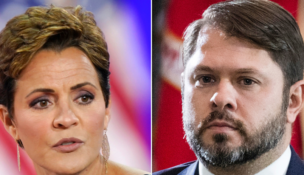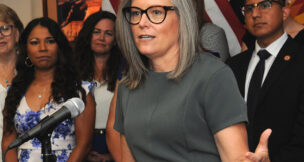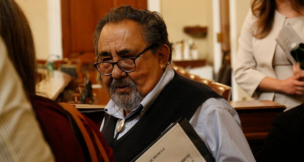Court orders renewed federal oversight of Tucson school desegregation
Nick Newman, Cronkite News Service//July 19, 2011//[read_meter]
Court orders renewed federal oversight of Tucson school desegregation
Nick Newman, Cronkite News Service//July 19, 2011//[read_meter]
WASHINGTON – A federal appeals court Tuesday ordered a lower court to renew its oversight of a decades-long desegregation order against the Tucson Unified School District. A three-judge panel of...

















